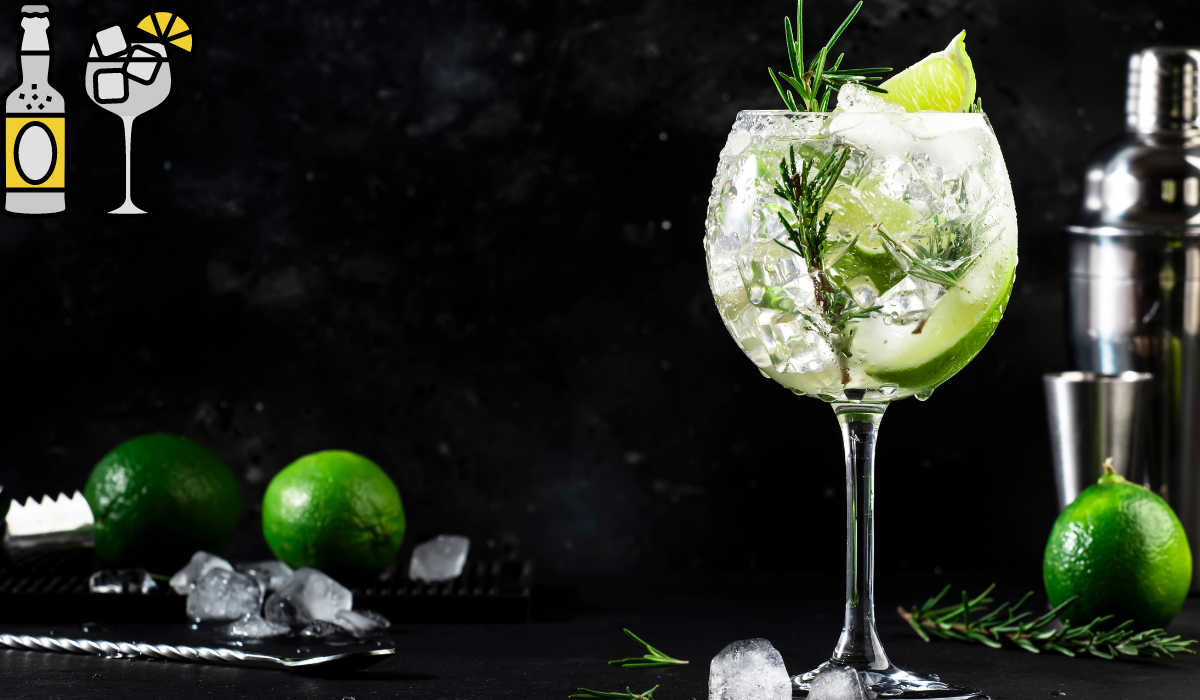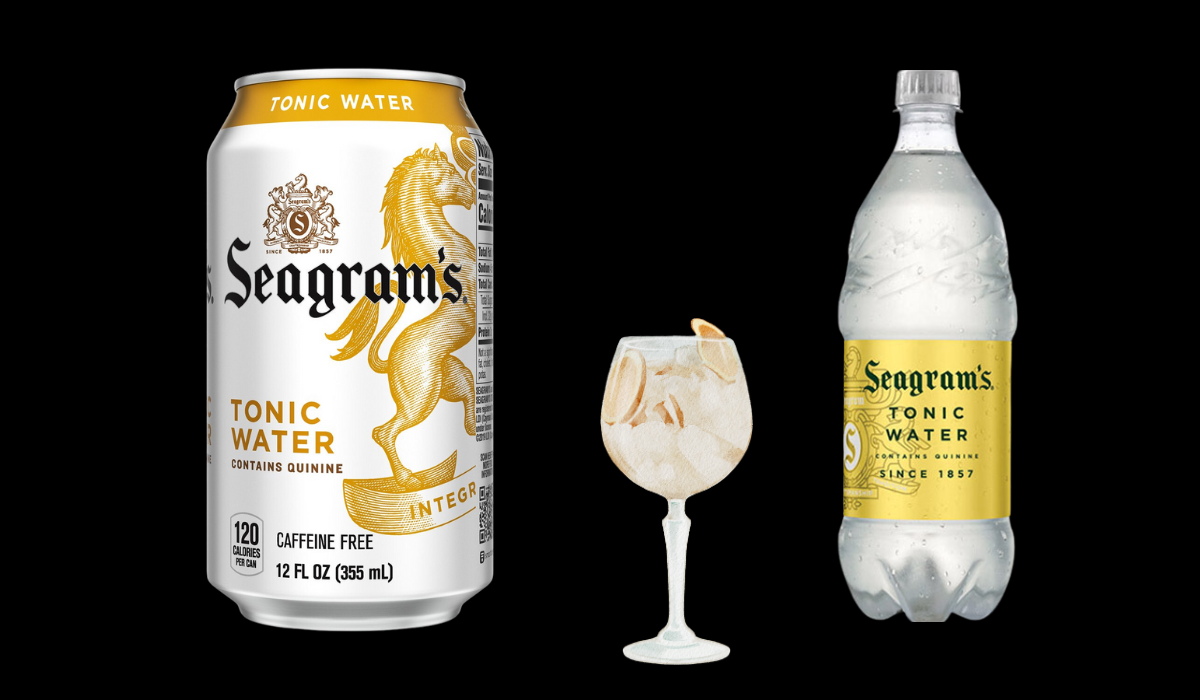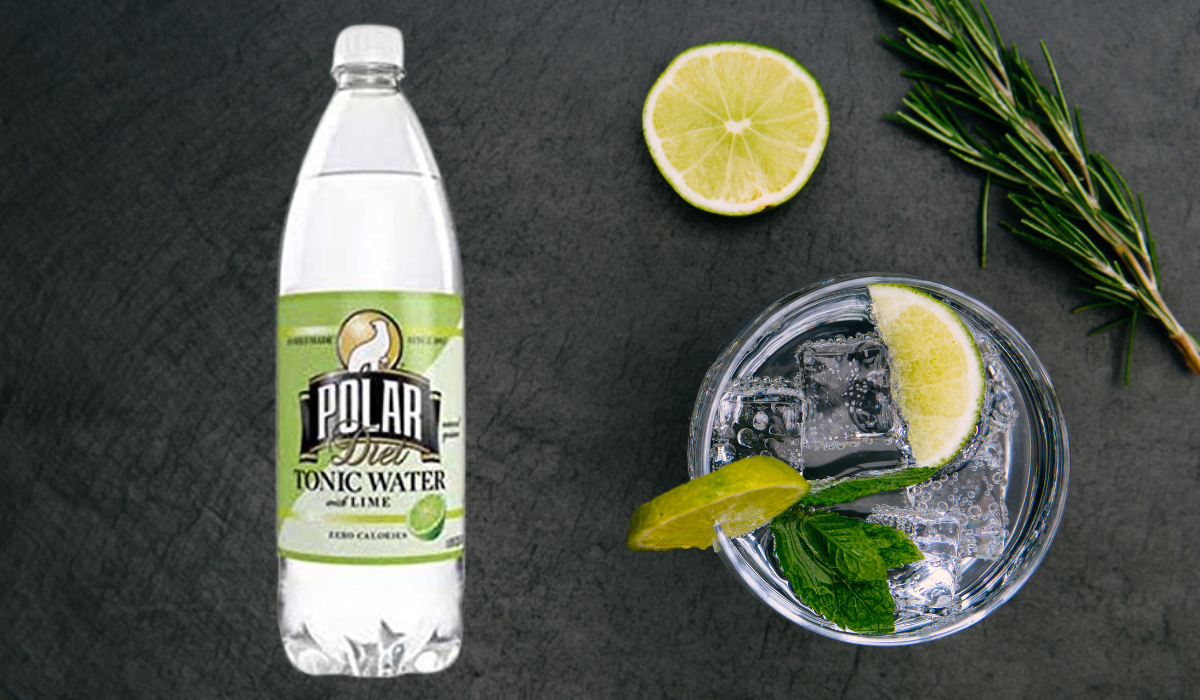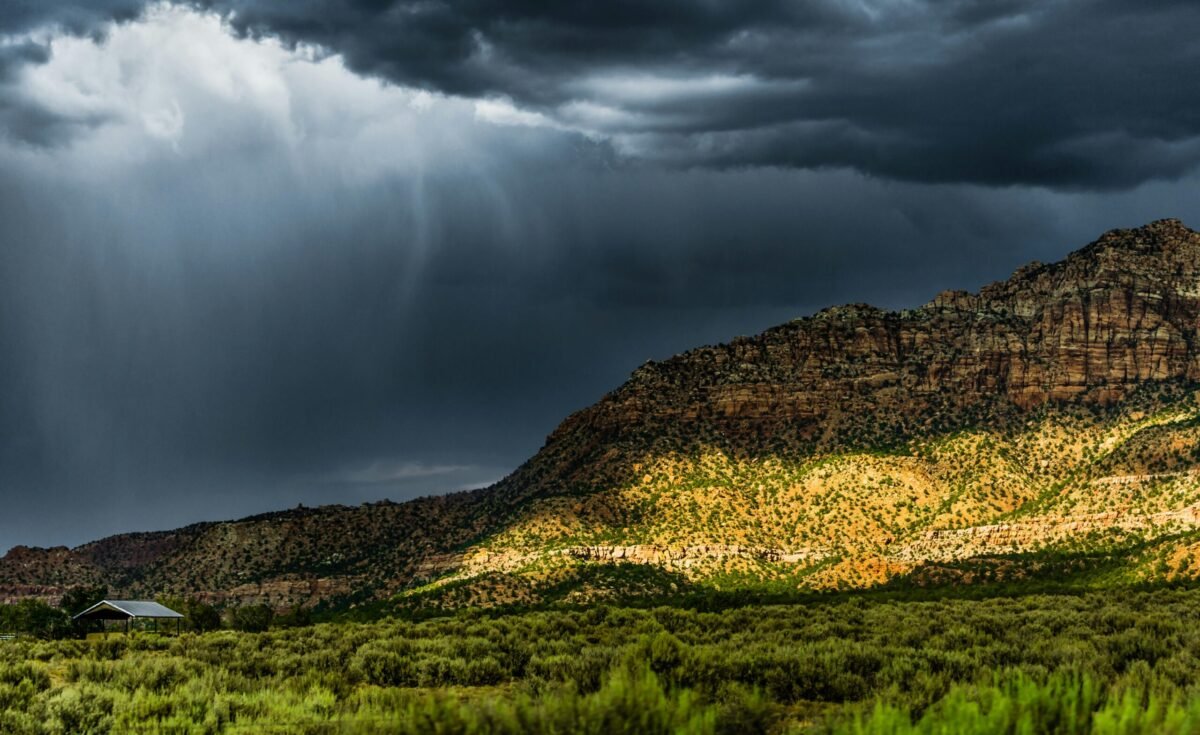World of Tonic Water: Schweppes Tonic Water, Elderflower Tonic Water, Seagram’s Tonic Water, Polar Tonic Water
Posted on : May 5, 2024 By Santo

Table of Contents
The Intriguing World of Tonic Water
Tonic water, a carbonated soft drink that contains quinine, has a rich history and a variety of uses. This article explores the origins, flavors, and health considerations of different types of tonic water like Schweppes Tonic Water, Elderflower Tonic Water, Seagram’s Tonic Water, and Polar Tonic Water.
Tonic Water: Origins and History
The Spanish used quinine from the bark of Cinchona trees to treat malaria as early as the 17th century, after learning about its effectiveness from Indigenous peoples in Peru, Bolivia, and Ecuador. In 19th-century India and other tropical British Empire posts, medicinal quinine was recommended to prevent malaria. It was mixed with soda and sugar to mask its bitter taste, creating tonic water. The first commercial tonic water was patented in 1858 by Erasmus Bond, the owner of Pitt & Co.
Use Of Tonic Water
- Versatile Mixer: Tonic water is commonly used as a mixer for cocktails, such as the Gin and Tonic, but can also be enjoyed on its own over ice.
- Refreshing Characteristics: Its effervescence and subtle bitterness make it a refreshing choice for beverages.
- Culinary Applications: Tonic water can be used in cooking and baking to add a unique flavor profile to dishes or as an enhancer for mocktails.
- Historical Medicinal Use: Historically, tonic water was consumed for its quinine content, believed to have medicinal properties, particularly against malaria.
- Modern Consumption: While tonic water’s quinine content has decreased over time, some still consume it for its potential health benefits, though it’s primarily enjoyed for its taste nowadays.
Schweppes Tonic Water: A Rich Heritage
Schweppes Tonic Water, also known as Indian tonic water, has a rich heritage. It began in 1783 as the world’s original soft drink. The founder, Jacob Schweppe, was drawn to the new art of carbonating beverages.

He refined and patented his own process for creating mineral water. Customers affectionately referred to Schweppes as “LIGHTNING IN A BOTTLE” because it was the first bottle of its kind to retain carbonation. In 1836, Schweppes received a Warrant of Appointment from King William IV of England, significantly contributing to the brand’s popularity. Schweppes was even the official drink of the 1851 Great Exhibition held at the Crystal Palace in London. The iconic fountain from that event is still featured on the logo today.
Quinine Content and Flavor
Originally, tonic water contained a substantial amount of quinine, which was used as a prophylactic against malaria. Over time, the quinine content in tonic water has been significantly reduced. Nowadays, it is consumed for its distinctive bitter flavor. Schweppes Tonic Water pairs well with spirits like gin or vodka and adds a refreshing twist to cocktails.
Health Considerations
Quinine, found in tonic water, has been used for centuries due to its potential health benefits, including its antimalarial properties. However, it’s essential to note that Schweppes Tonic Water also contains high fructose corn syrup, which may not be considered healthy by some.
Tasting Notes
Schweppes Tonic Water has a quiet nose with faint hints of citrus and/or cucumber. On the palate, it offers a pleasant robust effervescence with moderately strong quinine bitterness and a slight woody lemon note.
Elderflower Tonic Water: A Delightful Blend

Elderflower Tonic Water is a delightful blend of handpicked elderflower oils and the highest quality quinine. The delicate and sweet flavor of elderflower is perfectly balanced by the soft bitterness of quinine. Elderflower tonic water pairs wonderfully with fresh and floral gins as well as premium vodkas. The elderflower petals used in this tonic water are sourced from the English countryside.
They are handpicked when the flowers are most fragrant and then distilled into an oil, giving the tonic a delicate floral sweetness. Fever-Tree’s quinine comes from the Democratic Republic of Congo, where they located one of the only remaining plantations of original Cinchona Ledgeriana trees (known locally as ‘fever trees’).
Nutritional Information
Elderflower tonic water is non-GMO certified and made from naturally sourced ingredients. It contains no artificial sweeteners or colors, making it a refreshing and authentic choice for tonic water enthusiasts.
Usage
Enjoy Elderflower Tonic Water on its own over ice or use it as a mixer in cocktails. It adds a unique twist to the classic gin and tonic, elevating your drinking experience.
Seagram’s Tonic Water: Refreshing and Versatile

Seagram’s Tonic Water is a popular beverage known for its refreshing and slightly bitter taste. It is naturally flavored and caffeine-free. It contains quinine, which gives it a characteristic bitterness. The quinine content in Seagram’s Tonic Water is typically lower than in traditional tonic waters. Just a touch of natural flavor enhances the overall taste.
Usage
Seagram’s Tonic Water is versatile. You can enjoy it in various ways:
- As a Mixer: It pairs well with spirits like gin, vodka, or other liquors. The classic “gin and tonic” cocktail is a popular choice.
- Over Ice: Serve it chilled for a refreshing non-alcoholic beverage.
Available Sizes
Seagram’s Tonic Water comes in different sizes, including 7.5 fl oz, 10 fl oz, 12 fl oz, and 1 Liter bottles.
Health Considerations
Quinine, found in tonic water, has historical use as an antimalarial treatment. Some people enjoy tonic water for its unique flavor, while others appreciate its potential health benefits.
Polar Tonic Water: A Classic Staple

Polar Tonic Water delivers a clean taste with balanced sweetness and great bubbles. It is crafted with natural quinine, sourced from the bark of the cinchona tree. Quinine provides the characteristic bitterness. The bitterness of quinine enhances the flavors of quality vodka and botanical gins. Additionally, Polar offers an innovative variation: Tonic Water with Lime, which is crafted using natural lime essence. This variation pairs perfectly with tequila.
Nutritional Information
Polar Tonic Water is sweetened with high fructose corn syrup. While it’s not the lowest-calorie option available, it remains a safe and widely stocked tonic water found in most supermarkets.
Usage
Traditionally, Polar Tonic Water is paired with clear spirits such as gin and vodka. Enjoy it over ice or use it as a mixer in cocktails for a refreshing beverage experience.
In summary, each type of tonic water has a fascinating history, and its unique flavor continues to make it a popular choice for mixing with various beverages. Whether you’re mixing a cocktail or simply sipping it over ice, tonic water is at the root of good times.
Share this articlePosted on : May 5, 2024 By Santo
Join Our Club

"Stay Informed, Stay Ahead – Join Our Club Today!"



















